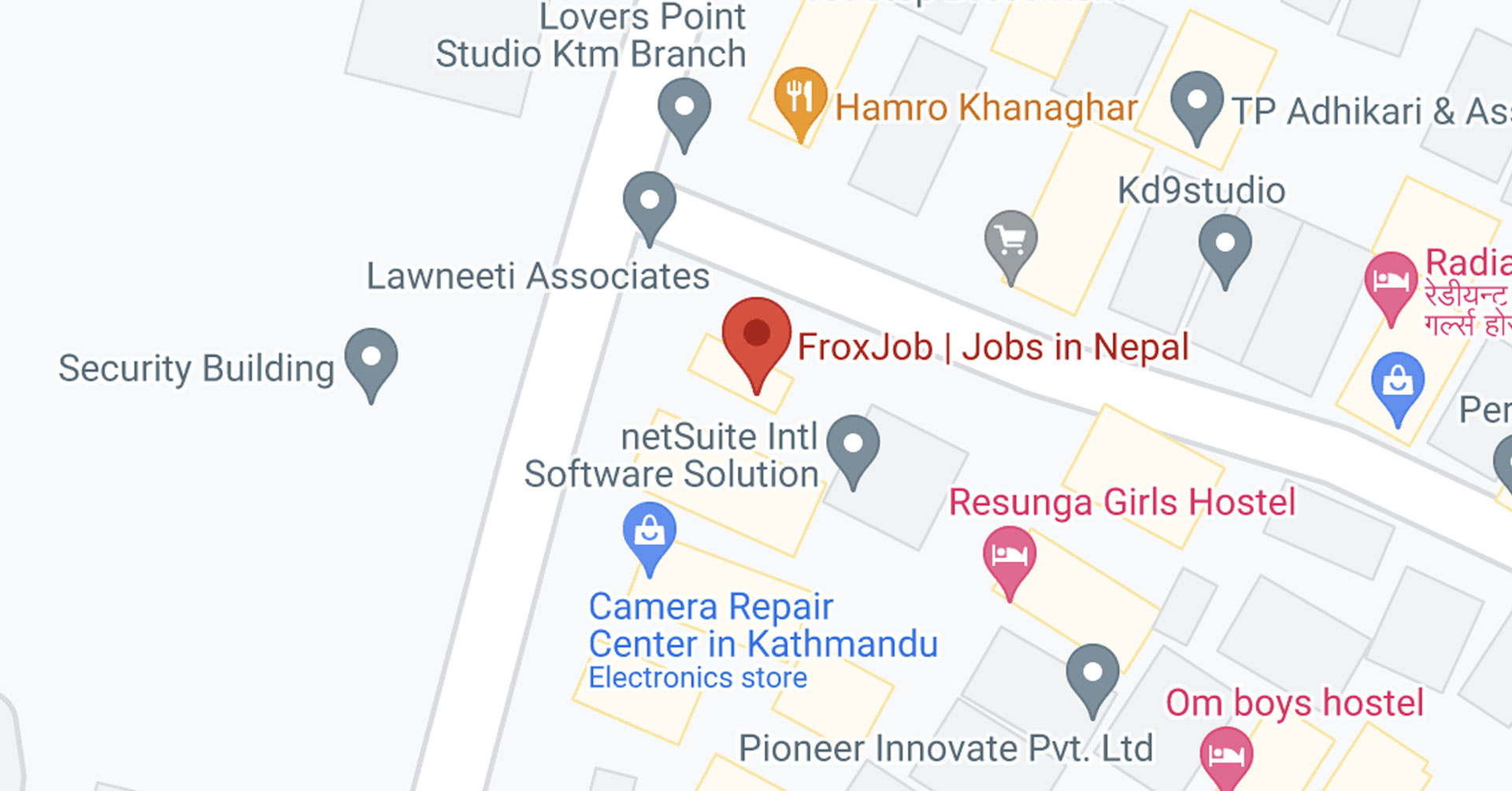Provision of Occupational Health and Safety at Workplace in Nepal

Provision of Occupational Health and Safety at the Workplace in Nepal
Introduction
As Nepal's industries expand, providing a secure and healthy workplace has become more crucial than ever. Occupational Health and Safety (OHS) is more than just a legal obligation; it is a critical responsibility that protects employees against hazards, accidents, and unsafe working situations. With increased awareness and regulatory guidelines, Nepalese organizations are prioritizing the creation of safer, healthier, and more productive work environments. Understanding these rules enables both employers and employees to foster a working culture oriented on well-being, accountability, and long-term sustainability.
1. Understanding Occupational Health and Safety (OHS)
Occupational Health and Safety rules, regulations, and practices are intended to avoid workplace injuries, diseases, and dangers. In Nepal, OHS provisions are intended to protect workers through effective procedures, awareness, and safety measures in all industries, from manufacturing and construction to corporate offices.
2. Legal Framework of OHS in Nepal
Nepal has implemented various rules and regulations to improve worker safety, including:
- The Labor Act of 2017 establishes principles for safe work environments, employee rights, and employer duties.
- Labor Regulations 2018 - Describes safety methods, risk control strategies, and required safety equipment.
- The Social Security Act of 2017 provides social protection for occupational injuries, medical care, and compensation.
These regulations prioritize accident prevention, personal protective equipment, sufficient training, and timely incident reporting.
3. Employer Responsibilities
Employers have an important role in ensuring a safe workplace. Their responsibilities include:
- Identifying workplace hazards and evaluating risks
- Providing safety and protective equipment.
- Providing frequent safety training and drills.
- Ensure adequate ventilation, lighting, and ergonomic arrangements.
- Implementing emergency procedures
- All accidents or injuries should be reported quickly.
- Creating a culture of safety and wellbeing
A proactive safety system not only protects workers, but it also increases productivity and lowers operating expenses.
4. Employee Rights and Responsibilities
Workers also play a critical role in ensuring workplace safety.
Key rights include:
- Right to a safe and hazard-free workplace.
- Right to appropriate training and protective equipment.
- Right to report harmful situations without fear.
- Right to medical care and recompense for occupational injuries.
At the same time, staff must adhere to safety requirements, use suitable equipment, and remain alert to any hazards.
5. Importance of OHS in Nepal’s Workforce
Strong workplace health and safety practices provide the following benefits:
- Reduced occupational accidents and injuries.
- Reduce absenteeism and promote employee well-being.
- Increased productivity and employee morale
- Compliance with national laws and industry norms.
- A more credible and respected organizational image
Investing in occupational health and safety is critical for Nepal's rising industries' long-term viability and competitiveness.
6. Challenges in Implementing OHS
Despite improvements, Nepal continues to face obstacles, including:
- Limited awareness of safety practices.
- Lack of training in tiny enterprises
- Insufficient safety equipment in high-risk industries.
- Poor reporting and monitoring systems
Taking on these difficulties needs dedication, effort, and constant progress.
Conclusion
The provision of Occupational Health and Safety in Nepali workplaces is critical for establishing safer, healthier, and more efficient working conditions. While legislation and guidelines have improved the basis, businesses and employees must collaborate to ensure proper implementation. Prioritizing safety allows firms to protect their personnel, increase productivity, and contribute to Nepal's overall growth. OHS is more than just a regulation; it is a long-term commitment to creating work environments in which people may develop confidently and securely.





